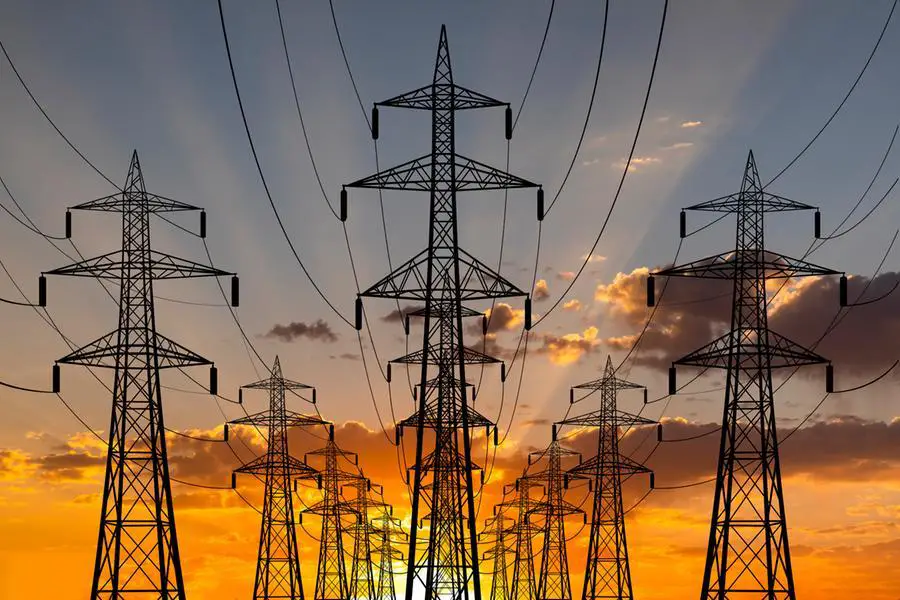South Africa’s energy sector has been plagued with controversy of late, leaving South Africans in the dark as to where the country’s energy future is headed and what it will take to keep the lights on. Be it the delays in the signing of the power purchase agreements for the renewables, the National Union of Metalworkers (NUMSA)advocating for a socially owned renewable energy sector, or the nuclear new build,the discussions have taken the topic in multiple directions to shape public opinion on South Africa’s energy future.
Underpinned by uncertainty and confusion, the debates have forced people into renewables, nuclear, gas or coal ‘camps’,where they are either pro or against,when in actual fact embracing all energy resources and giving each a seat at the energy table will ensure security of supply and an optimum energy mix.
Recently, Energy Minister Jeff Radebe said that one-quarter, or $25-billion, of South Africa’s newly announced five-year investment target of $100-billion could be met through investments in new energyprojects, including a possible new greenfield crude oil refinery and a gas pipeline linking South Africa to the Rovuma basin in northern Mozambique. This cannot be achieved through utilizing just one energy source.Initiatives like domestic shale-gas projects will contribute significantly to the investment target, along with other renewable energy and conventional energy projects.
Diversifying the energy sector
The Department of Energy’s Integrated Resource Plan (IRP) is due to be published in August 2018. This plan will provide a guide regarding production capacity allocation to each energy technology up to 2050. The IRP is long overdue, especially when we consider that South Africa ranked 113th out of 114 countries in the Effective Energy Transition Index 2018, a report by the World Economic Forum which considers the ability of countries to balance energy security and access with environmental sustainability and affordability.
The Index states that South Africa’s investment in energy efficiency, as a percentage of total investment in energy, is only 11%. There is consequently a pressing need to further diversify the fuel mix, and to create a positive environment for more investment to meet our country’s energy infrastructure demands. South Africa currently meets more than 90% of its electricity demand through coal, which results in high per capita emission levels. This is no longer sustainable. The IRP will also need to ensure it addresses government’s mandate to create jobs, grow the South African economy, and secure supply.
Each ‘faction’ in the energy mix will need to move away from an ‘all or nothing’ argument. Concepts such as flexible energy systems will take the fore as we explore how these energy sources can ultimately support each other. Flexible generation capacity refers to the ability to meet demand peaks by playing a complementary role and providing backup to low-cost variable generation (wind, solar). Currently South Africa scores zero for flexibility in its electricity as per the Effective Energy Transition Index 2018, so there is plenty of opportunity in this regard. Today, there are a number of flexible technologies available including hydro, pump-storage, concentrated solarpower (CSP), demand side response (DSR), batteries, gas, and even coal to some extent.
Moving towards dialogue and a cohesive approach
So where to? The imminent release of the IRP will pave the way forward and will hopefully curb the uncertainty as to where our energy future is headed. It will also clearly outline the allocation to each energy source. This is where the debate will change and the self-interests of individual energy suppliers and energy sources will have to be put aside. From a communications perspective, energy companies should be considering how they position themselves in the energy debate as it has evolved from what energy source is more relevant to the active role they will play in the South African energy landscape and the impact they will have on the broader communities.
Some energy stakeholders see the potential shift in the energy mix as a fight for survival. However, energy companies that want to ensure that they have a voice will need to stop communicating that they are more relevant than each other. Using fear tactics can isolate your company. To date, industry bodies have been very effective at communicating and defending the importance of their existence but their relevance has been lost in all the noise. Communicating to defend can put your business in a vulnerable position.
Shared group discussions are a positive first step. Setting up think tanks that include perspectives and representation of multiple energy companies representing multiple energy sources can encourage a cohesive approach. The release of the IRP is going to provide all energy sources with a seat at the table. Most importantly, we must remember that we are all, regardless of faction, guided by a common purpose: securing South Africa’s energy supply, growing our country’s GDP and creating jobs.Let’s change the dialogue.
Communications expert Céline de Canha outlines why energy companies should communicate with one voice amid the ongoing debate about South Africa’s energy mix

